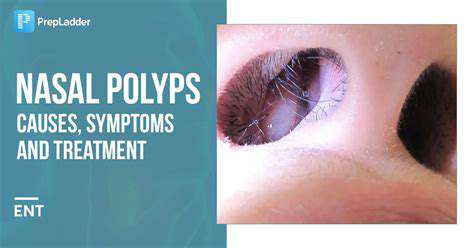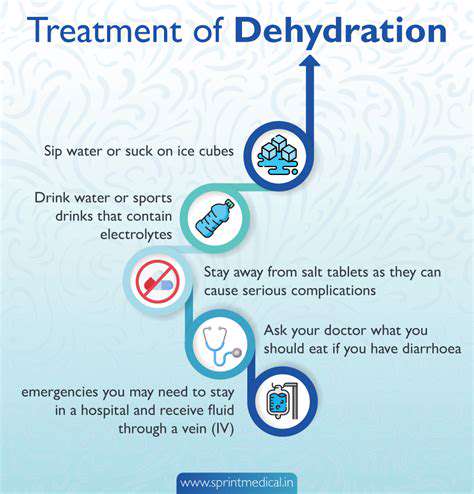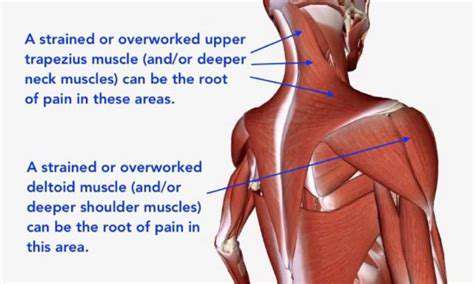My Head Hurts When I Blow My Nose: What to Know

Nasal Polyps: A Detailed Overview
Nasal polyps are noncancerous growths that develop within the lining of the nasal passages and sinuses. These growths, often appearing as soft, pale, and slightly swollen masses, can cause a range of symptoms, impacting the quality of life for those affected. Understanding the nature and causes of nasal polyps is crucial for effective management and treatment.
These benign growths can lead to significant discomfort and functional impairments. The presence of nasal polyps can obstruct airflow, making breathing through the nose difficult and often leading to nasal congestion and a persistent feeling of stuffiness. This, in turn, can affect sleep quality and overall well-being.
Causes and Risk Factors
While the exact cause of nasal polyps remains somewhat elusive, several factors are believed to contribute to their development. These include chronic inflammatory conditions, such as allergic rhinitis and asthma, which can irritate and inflame the nasal tissues, creating an environment conducive to polyp formation.
Certain genetic predispositions and environmental factors may also play a role. Exposure to certain irritants, including environmental pollutants and occupational dusts, has been linked to an increased risk of developing nasal polyps. Furthermore, a history of cystic fibrosis or other immune deficiencies can also elevate the susceptibility.
Symptoms and Diagnosis
Nasal polyps can manifest with a range of symptoms, often subtle in their early stages. Common symptoms include nasal congestion, a feeling of fullness in the head, and difficulty breathing through the nose. These symptoms can vary in severity and often worsen over time.
Diagnosis typically involves a thorough examination of the nasal passages by a healthcare professional. An otolaryngologist, or ENT, will assess the nasal cavity and sinuses, potentially using tools such as nasal endoscopy, to visualize the polyps and determine their extent. This process helps to differentiate between nasal polyps and other conditions that may present with similar symptoms.
Treatment and Management
Treatment for nasal polyps focuses on alleviating symptoms and, where possible, addressing the underlying causes. This often involves medications, such as corticosteroids, to reduce inflammation and shrink the polyps. In some cases, surgical intervention may be necessary, particularly when medical treatments are ineffective or the polyps are significantly impacting breathing or causing complications.
Regular monitoring and management are essential for long-term control. This may include ongoing medical care, including allergy management, and close follow-up appointments to ensure that the polyps do not recur or cause further complications. Patient education and adherence to treatment plans are vital for successful management.







